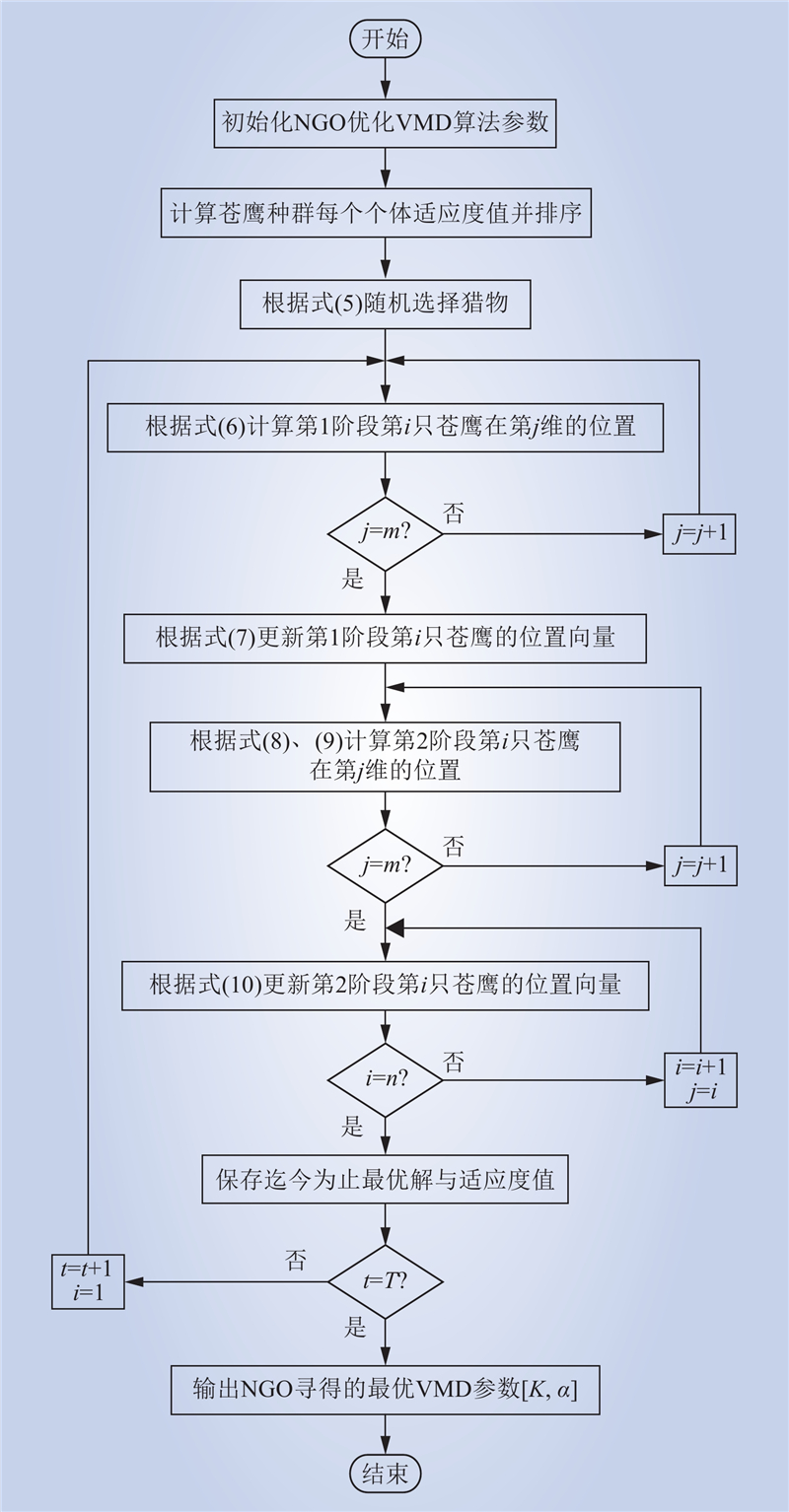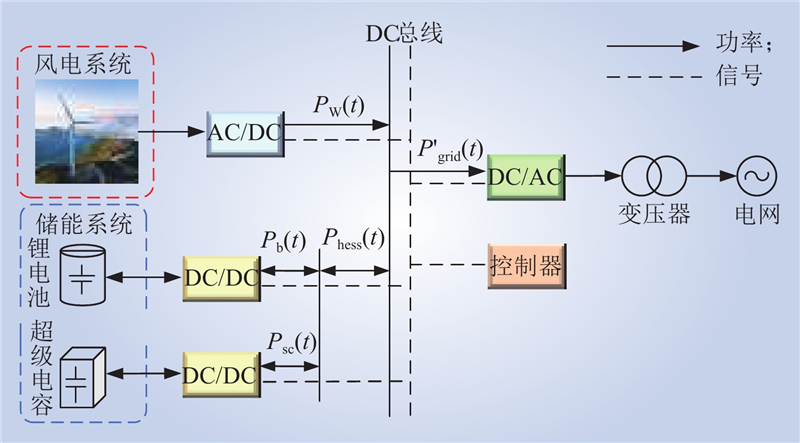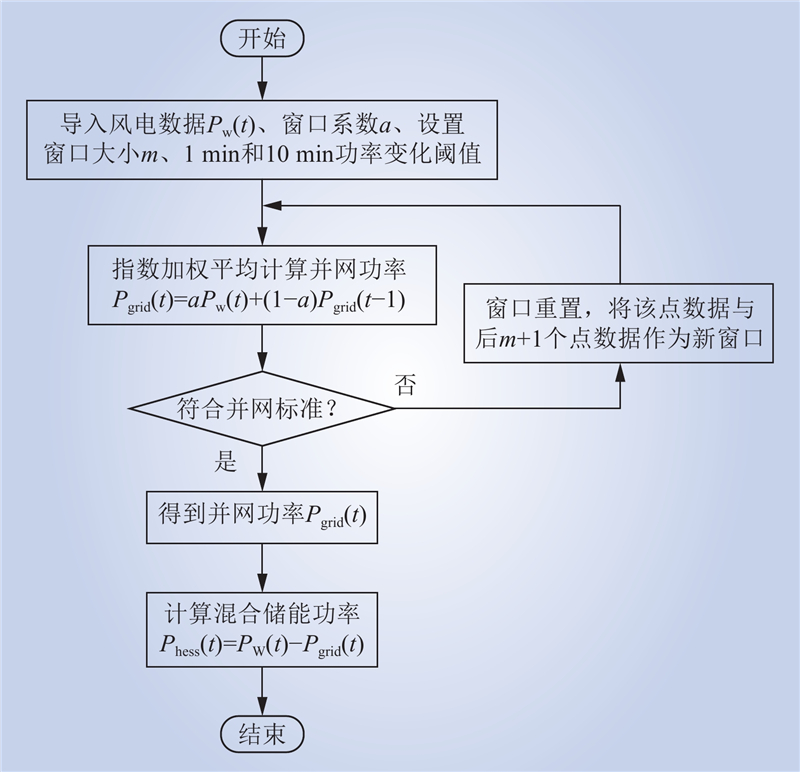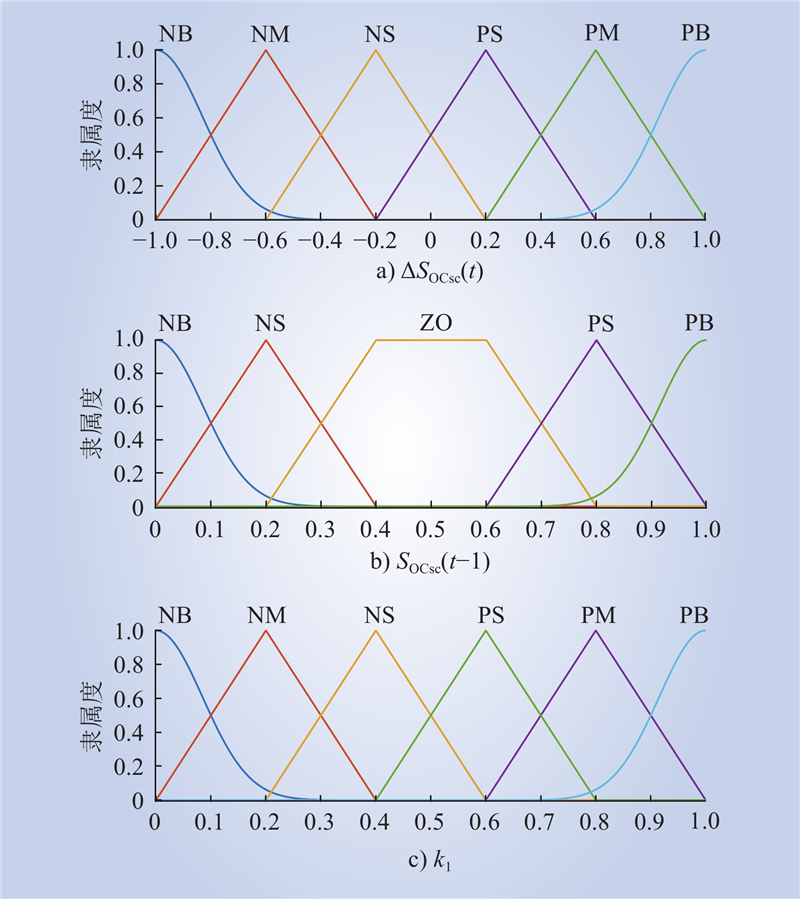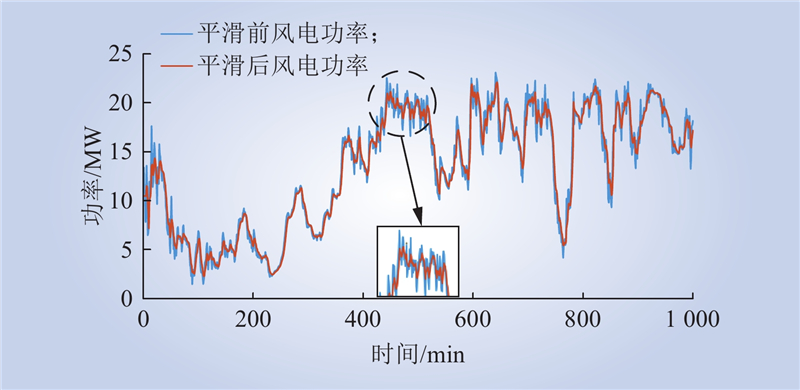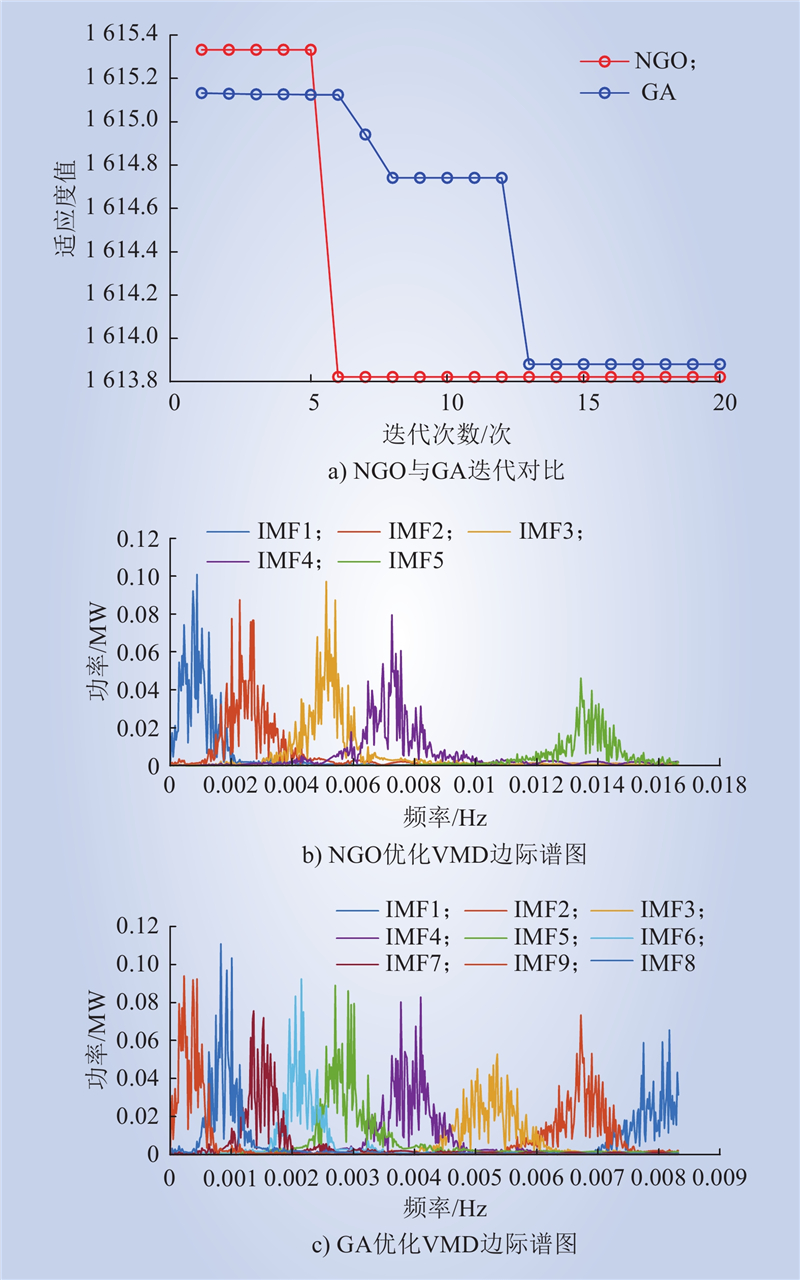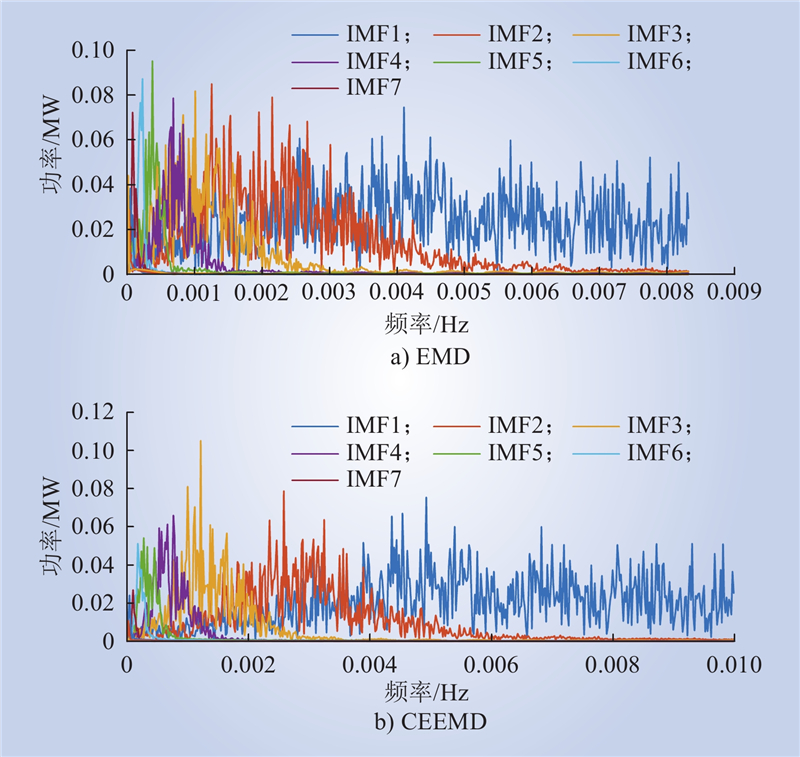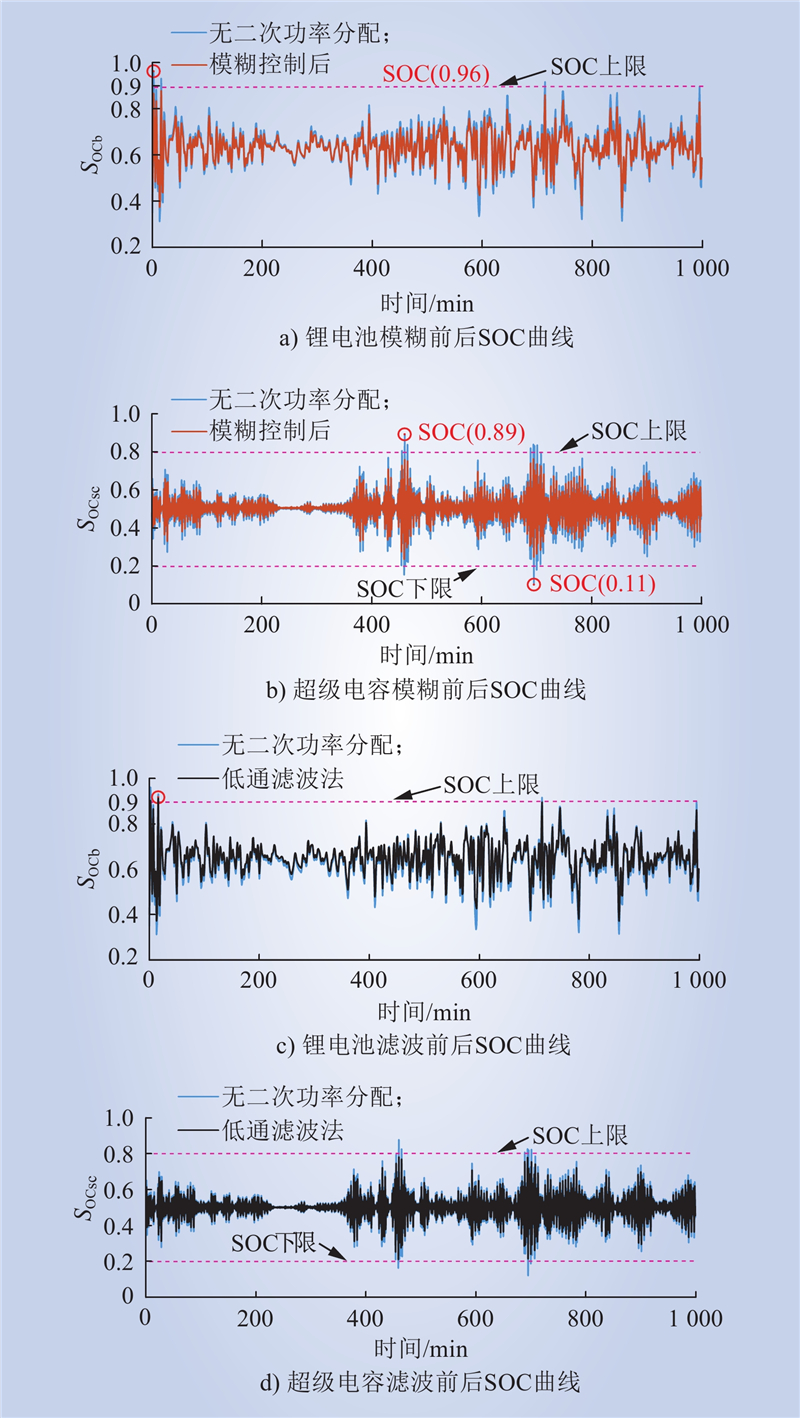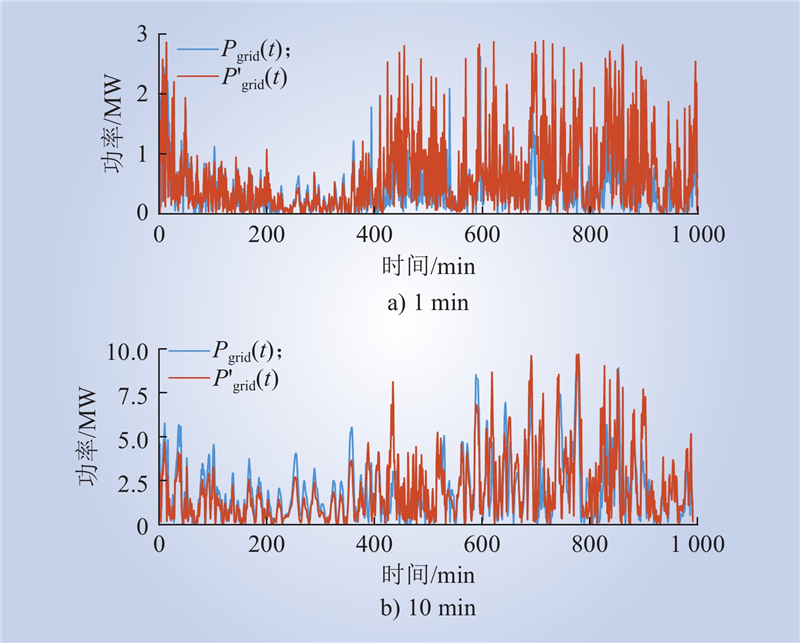| 1 |
陈崇德, 郭强, 宋子秋, 等. 计及碳收益的风电场混合储能容量优化配置[J]. 中国电力, 2022, 55 (12): 22- 33.
|
|
CHEN Chongde, GUO Qiang, SONG Ziqiu, et al. Optimal configuration of hybrid energy storage capacity for wind farms considering carbon trading revenue[J]. Electric Power, 2022, 55 (12): 22- 33.
|
| 2 |
易锦桂, 朱自伟, 谢青. 基于改进场景聚类算法的海上风电储能优化配置研究[J]. 中国电力, 2022, 55 (12): 2- 10.
|
|
YI Jingui, ZHU Ziwei, XIE Qing. Research on optimal configuration of offshore wind power energy storage based on improved scene clustering algorithm[J]. Electric Power, 2022, 55 (12): 2- 10.
|
| 3 |
徐衍会, 徐宜佳. 平抑风电波动的混合储能容量配置及控制策略[J]. 中国电力, 2022, 55 (6): 186- 193.
|
|
XU Yanhui, XU Yijia. Capacity configuration and control strategy of hybrid energy storage to smooth wind power fluctuations[J]. Electric Power, 2022, 55 (6): 186- 193.
|
| 4 |
陈晓光, 杨秀媛, 卜思齐, 等. 考虑经济功能性的风电场储能系统容量配置[J]. 发电技术, 2022, 43 (2): 341- 352.
|
|
CHEN Xiaoguang, YANG Xiuyuan, BU Siqi, et al. Capacity allocation of wind farm energy storage system considering economic function[J]. Power Generation Technology, 2022, 43 (2): 341- 352.
|
| 5 |
贾伟青, 任永峰, 薛宇, 等. 基于小波包-模糊控制的混合储能平抑大型风电场功率波动[J]. 太阳能学报, 2021, 42 (9): 357- 363.
|
|
JIA Weiqing, REN Yongfeng, XUE Yu, et al. Wavelet packet-fuzzy control of hybrid energy storage for power fluctuation smoothing of large wind farm[J]. Acta Energiae Solaris Sinica, 2021, 42 (9): 357- 363.
|
| 6 |
于芃, 赵瑜, 周玮, 等. 基于混合储能系统的平抑风电波动功率方法的研究[J]. 电力系统保护与控制, 2011, 39 (24): 35- 40.
DOI
|
|
YU Peng, ZHAO Yu, ZHOU Wei, et al. Research on the method based on hybrid energy storage system for balancing fluctuant wind power[J]. Power System Protection and Control, 2011, 39 (24): 35- 40.
DOI
|
| 7 |
徐聪, 高强, 王羔则, 等. 平抑风电波动的混合储能系统控制方法[J]. 电源技术, 2020, 44 (10): 1534- 1537.
DOI
|
|
XU Cong, GAO Qiang, WANG Gaoze, et al. Control method of hybrid energy storage system to suppress wind power fluctuation[J]. Chinese Journal of Power Sources, 2020, 44 (10): 1534- 1537.
DOI
|
| 8 |
王腾, 张新燕, 王亚东, 等. 基于二阶滤波的混合储能系统能量管理控制策略[J]. 太阳能学报, 2022, 43 (11): 399- 405.
|
|
WANG Teng, ZHANG Xinyan, WANG Yadong, et al. Energy management control strategy of hybrid energy storage system based on second-order filtering[J]. Acta Energiae Solaris Sinica, 2022, 43 (11): 399- 405.
|
| 9 |
张宇涵, 杜贵平, 雷雁雄, 等. 直流微网混合储能系统控制策略现状及展望[J]. 电力系统保护与控制, 2021, 49 (3): 177- 187.
|
|
ZHANG Yuhan, DU Guiping, LEI Yanxiong, et al. Current status and prospects of control strategy for a DC micro grid hybrid energy storage system[J]. Power System Protection and Control, 2021, 49 (3): 177- 187.
|
| 10 |
高晓芝, 王磊, 田晋, 等. 基于参数优化变分模态分解的混合储能功率分配策略[J]. 储能科学与技术, 2022, 11 (1): 147- 155.
|
|
GAO Xiaozhi, WANG Lei, TIAN Jin, et al. Research on hybrid energy storage power distribution strategy based on parameter optimization variational mode decomposition[J]. Energy Storage Science and Technology, 2022, 11 (1): 147- 155.
|
| 11 |
李亚楠, 王倩, 宋文峰, 等. 混合储能系统平滑风电出力的变分模态分解-模糊控制策略[J]. 电力系统保护与控制, 2019, 47 (7): 58- 65.
DOI
|
|
LI Yanan, WANG Qian, SONG Wenfeng, et al. Variational mode decomposition and fuzzy control strategy of hybrid energy storage for smoothing wind power outputs[J]. Power System Protection and Control, 2019, 47 (7): 58- 65.
DOI
|
| 12 |
KOLLIMALLA S K, MISHRA M K, NARASAMMA N L. Design and analysis of novel control strategy for battery and supercapacitor storage system[J]. IEEE Transactions on Sustainable Energy, 2014, 5 (4): 1137- 1144.
DOI
|
| 13 |
李艳波, 杨凯, 陈俊硕, 等. 一种适用于风储微电网的混合储能系统的功率分配策略[J/OL]. 电测与仪表: 1–10[2023-05-09]. http://h-p.kns.cnki.net.shiep.vpn358.com/kcms/detail/23.1202.th.20220920.1342.002.html.
|
|
LI Yanbo, YANG Kai, CHEN Junshuo, YAO Bobin, et al. Power distribution strategy for a hybrid energy storage system suitable for Wind-Storage microgrid[J/OL]. Electrical Measurement & Instrumentation: 1–10[2023-05-09]. http://h-p.kns.cnki.net.shiep.vpn358.com/kcms/detail/23.1202.th.20220920.1342.002.html.
|
| 14 |
陈景文, 周婧, 张文倩. 基于小波包-模糊算法的混合储能功率分配策略[J]. 智慧电力, 2023, 51 (1): 61- 68.
DOI
|
|
CHEN Jingwen, ZHOU Jing, ZHANG Wenqian. Hybrid energy storage power allocation strategy based on wavelet packet-fuzzy algorithm[J]. Smart Power, 2023, 51 (1): 61- 68.
DOI
|
| 15 |
DRAGOMIRETSKIY K, ZOSSO D. Variational mode decomposition[J]. IEEE Transactions on Signal Processing, 2014, 62 (3): 531- 544.
DOI
|
| 16 |
杜佳耘, 雷勇, 李永凯, 等. 基于参数优化变分模态分解的混合储能功率分配策略[J]. 现代电力, 2021, 38 (1): 51- 59.
|
|
DU Jiayun, LEI Yong, LI Yongkai, et al. Hybrid energy storage strategy based on parameter optimized variational mode decomposition[J]. Modern Electric Power, 2021, 38 (1): 51- 59.
|
| 17 |
刘仲民, 齐国愿, 高敬更, 等. 混合储能系统平抑风光发电功率波动策略[J]. 电力电子技术, 2021, 55 (11): 64- 67.
DOI
|
|
LIU Zhongmin, QI Guoyuan, GAO Jinggeng, et al. Strategy of smoothing wind-PV power generation power fluctuation in hybrid energy storage system[J]. Power Electronics, 2021, 55 (11): 64- 67.
DOI
|
| 18 |
张晓宇, 张建成, 王宁, 等. 基于变分模态分解的混合储能系统协调控制[J]. 中国电力, 2018, 51 (9): 165- 173.
|
|
ZHANG Xiaoyu, ZHANG Jiancheng, WANG Ning, et al. Coordinated control of hybrid energy storage system based on variational mode decomposition[J]. Electric Power, 2018, 51 (9): 165- 173.
|
| 19 |
ZHANG Y G, PAN G F, CHEN B, et al. Short-term wind speed prediction model based on GA-ANN improved by VMD[J]. Renewable Energy, 2020, 156, 1373- 1388.
DOI
|
| 20 |
李泓青, 周建萍, 茅大钧, 等. 混合储能系统二次功率分配及交互控制策略在直流微网中的应用[J]. 电力建设, 2019, 40 (5): 13- 19.
DOI
|
|
LI Hongqing, ZHOU Jianping, MAO Dajun, et al. Secondary assignment and interactive control strategy of hybrid energy storage applied in DC microgrid[J]. Electric Power Construction, 2019, 40 (5): 13- 19.
DOI
|
| 21 |
国家市场监督管理总局, 国家标准化管理委员会. 风电场接入电力系统技术规定 第1部分: 陆上风电: GB/T 19963.1—2021[S]. 北京: 中国标准出版社, 2021.
|
| 22 |
DEHGHANI M, HUBÁLOVSKÝ Š, TROJOVSKÝ P. Northern goshawk optimization: a new swarm-based algorithm for solving optimization problems[J]. IEEE Access, 2059, 9, 162059- 162080.
|



